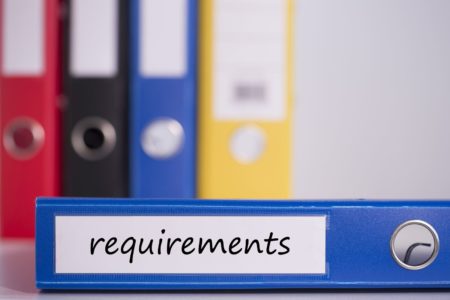8:00 - 17:00
Opening Hour: Mon - Fri
Vermont is one of many states that requires its drivers to purchase at least a minimum amount of car insurance.
This state has a financial responsibility law that makes drivers take financial responsibility for any damages they cause to other people while they are driving their vehicle. Liability insurance gives you a way to pay for those damages.
The state’s car insurance requirements include liability insurance, but many drivers prefer to purchase more than the amount of coverage that is legally required in Vermont to enjoy added benefits.
Compare coverage options today by using our free rate comparison tool above.
Table of Contents

Before you start shopping around for new car insurance in Vermont, you need to understand the differences in coverage types available so that you can make an educated buying decision. These are some of the primary coverage options available to you:
When you read an insurance policy, you will see that each of the included coverage types is listed, and a maximum coverage limit is shown for each coverage type.
For example, you may have $25,000 in property damage coverage, and this means that the policy will pay out up to $25,000 in benefits for any property damage you cause. Any expenses beyond the coverage limits are your responsibility.
You should be aware that some auto lenders have unique car insurance requirements as well. If you have a car loan, check with your lender to determine what types of car insurance you need to buy to comply with the terms of your loan.
Enter your ZIP code below to view companies that have cheap auto insurance rates.

While many Vermont drivers choose to purchase more than the state’s minimum required coverage, they are still all required to at least purchase this amount of coverage. The state’s minimum coverage requirements include:
You should be aware that there may be unique laws regarding auto insurance in Vermont for stored or unregistered cars. Before you spend time shopping for new rates or spend money buying coverage, carefully research whether or not coverage is needed for your car.

Many states issue monetary fines for drivers who do not comply with auto insurance requirements, but Vermont takes a stricter stance.
The state compares its registered vehicles list against an insurance database, and it will suspend your license if you are caught driving without insurance at any time.
Be aware that the license suspension will remain in full force until you provide proof of car insurance coverage to the state again.
Before you buy auto insurance in Vermont, you need to determine how much coverage you need. Some drivers believe that they only need to purchase the minimum amount of auto insurance required by law, but this is not true in many cases.
Understand that the state’s liability auto insurance requirements do not provide you with any benefits related to repairing your own vehicle or paying for your own medical expenses if you are in an accident or another related event.
More than that, be aware that you are legally responsible for all damages that you cause, and there is a good chance that the damages you cause may exceed the benefits offered by a standard auto insurance policy.
For example, the standard liability coverage includes only $10,000 for vehicle repairs to someone else’s car if you cause the accident. If you hit a car that has a $25,000 replacement value, you may have to pay the difference of $15,000 out of your own pocket.

Buying car insurance in Vermont is easy to do when you request quotes for coverage online. After you have decided how much coverage you want to buy for each type of auto insurance available, you can find a few reputable auto insurance companies to reach out to for quotes.
Remember that providers can vary based on their claims process, their customer service rating, their financial strength, and more.
Drivers should be properly insured at all times. Therefore, if you have plans to replace your existing coverage with new coverage, ensure that you bind your new coverage before canceling an old policy.
Shopping for new car insurance rates approximately every six months is a smart idea.
Insurance rates can fluctuate from provider to provider, and many of the factors that are reviewed to determine your insurance rates can also fluctuate.
When you compare rates every six months, you can easily keep your coverage types and limits updated according to your unique needs, and you can also identify which provider offers the lowest rates at the time.
Compare rates right here by using our free quote tool below.
States